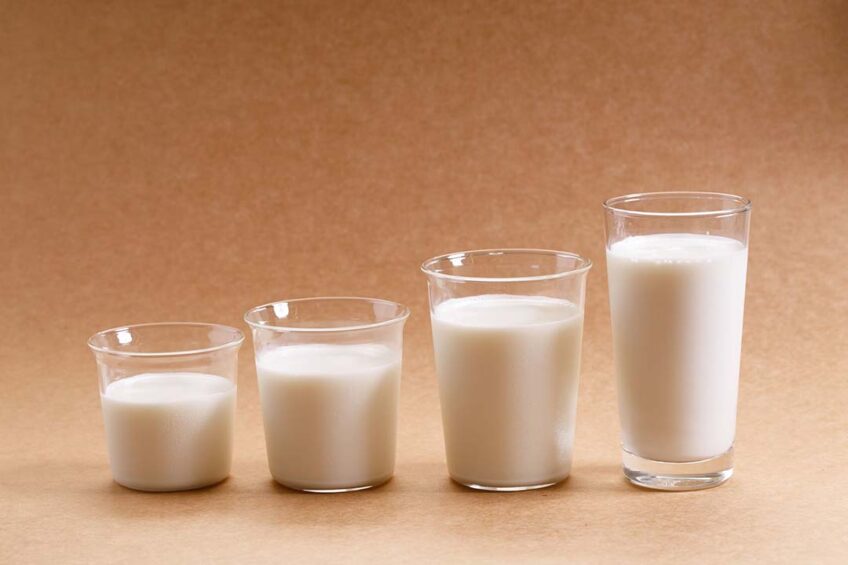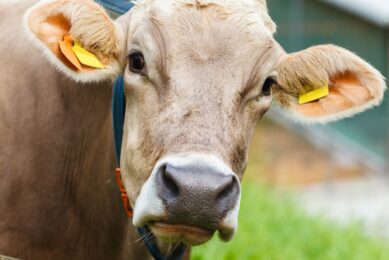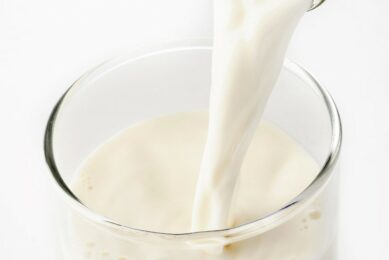Philippines to boost dairy production amid ASF challenges

In efforts to boost the country’s economic growth, the country’s Department of Agriculture is drawing up plans to significantly increase local dairy milk production. Among other programmes, the plans include seeking support from local milk processors to stimulate investment in the industry and increase the dairy herd. On the other hand, knowing how the African Swine Fever virus affects the dairy industry will help the government devise appropriate plans for the dairy sector.
During a meeting with the Philippine Chamber of Agriculture and Food Incorporated (PCAFI), Agriculture secretary Francisco P. Tiu Laurel Jr. said that the Department of Agriculture will review The National Dairy Development Act of 1995, particularly its provision requiring commercial milk processors and domestic dairy cooperatives to agree on the volume of locally produced milk that the commercial sector will absorb. A volume would have been determined 3 years after the act’s passage, or by 1998. However, despite the law’s passage, domestic production remains low at less than 1% of annual demand, despite growth in dairy demand.
The country’s aim is to boost economic growth and increase the income of those who depend on the dairy industry. This move is timely as African Swine Fever outbreaks force farmers to divert to other sectors such as the dairy sector and consumers diversify their daily protein sources.
According to a USDA report, the major competitiveness and profitability constraints to the Philippines dairy industry include the following:
- Private investments in dairy animals have been low due to the perceived low competitiveness of local milk over the market dominance of low-cost imported powder milk. Dairy processors prefer to import low-cost powder milk instead of linking to domestic producers, who cannot supply the needed volume.
- The issue of sourcing the right breed for the country’s tropical conditions is constrained by phytosanitary issues such as whether the supplying country has been certified free of foot and mouth disease (FMD).
- Land availability has been a major factor affecting ruminant animal inventory growth.
Commercial processors and traders could establish their own dairy farms
The PCAFI is urging the Department of Agriculture, through the National Dairy Authority, to set a rule that will “require commercial milk processors and traders to secure their milk supply from local sources (at a volume of) at least 5% of their total requirement, within a full or staggered basis over a certain fixed period.”
PCAFI said if commercial processors and traders won’t agree to a minimum volume, then the Department of Agriculture could impose a safeguard duty on imported milk that will help fund the development of the local dairy industry or require commercial processors and traders to establish their own dairy farms in the Philippines.
Programmes to boost dairy production
According to the USDA GAINs report, the National Dairy Authority has created programmes and projects to increase the population of dairy animals, boost milk production, and support the development of the country’s dairy sector, which are as follows:
- The Herd Build-Up Programme aims to ensure and accelerate the growth of both local dairy animals and milk production through the importation of dairy animals, embryos, and equipment; upgrading of local animals to dairy breeds via breeding programs; the establishment of multiplier farms; and the preservation of existing stocks.
- The Dairy Business Enhancement Programme ensures the viability and sustainability of local dairy enterprises and establishes the marketability of locally produced milk.
- The Milk Quality Assurance Programme focuses on the installation of quality-based milk test and payment systems, farm and plant audits and installation of quality control systems.
- The Milk Feeding Programme seeks to address children’s nutritional needs while promoting the development of the dairy sector using local milk.
USDA forecasts the Philippines to import more corn and wheat
In a bid to boost dairy production, the importation of grains will complement the objective, amid grain production constraints. According to the USDA report (September 2023), corn imports are expected to increase to 1 million mt for MY 2023/24 because of a domestic production shortfall; corn production is expected to decline to 8.2 million mt because of recent typhoons and the continued presence of fall armyworms.
There are no changes to the wheat imports forecast for MY 2023/24, however, the March 2024 USDA report forecasts wheat imports for MY 24/25 higher at 5.9 million mt as global prices stabilize and forecasts corn production for MY 24/25 at 8.4 million mt, with imports increasing to 1 million mt to cover the increase in feed consumption.
African Swine Fever presents a challenge to dairy production
In the Philippines, milk production is primarily sourced from cattle (54%), followed by water buffalo or carabao (39%), and goats (7%), according to the Philippine Statistics Authority, which reports that, as of 30 September 2023, the total count of dairy animals was estimated at 98,880 heads, with dairy cattle having a 30.1% share.
Reports show that the African Swine Fever outbreaks complicate the dairy industry resulting in the reduction of the dairy herd as the slaughter of cows for meat increases to fill the protein gap created by a reduction in pork production. A Rabobank report highlighted that the outbreak of African Swine Fever in China and Southeast Asia leads to rising demand for beef and could constrain milk production if dairy cow-culling accelerates to fill some of the gaps in animal protein. Recent reports show that the Philippines is still battling African Swine Fever outbreaks.
Demand for dairy products to increase in 2024
According to the Department of Agriculture report, the Philippines imported US1.6 billion of milk in 2022, mostly in powdered form, from Australia, New Zealand and the US. The National Dairy Authority records show that cattle production in 2023 reached 17,850 mt, accounting for roughly 0.8% of total milk consumption of 1.937 million mt.
The National Dairy Authority projects high consumption in 2024 reaching 1.978 million mt. On the other hand, a USDA GAIN report forecasts demand for dairy products to increase by 3% to 3.5 million mt in liquid milk equivalent in 2024.
Join 13,000+ subscribers
Subscribe to our newsletter to stay updated about all the need-to-know content in the dairy sector, two times a week.










